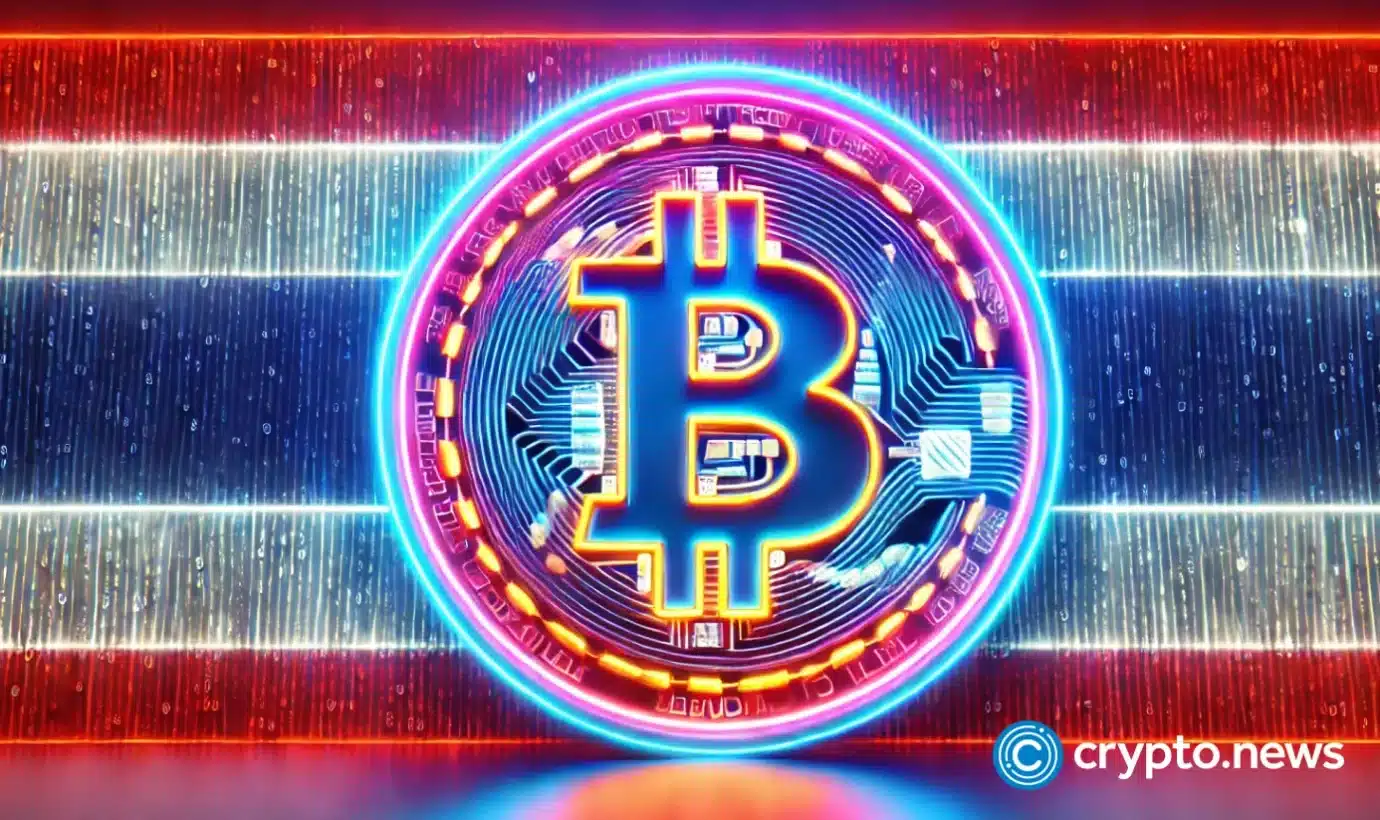
Spot Bitcoin exchange-traded funds in the United States experienced their second consecutive outflow day on Aug. 28, while spot Ethereum ETFs broke their nine-day outflow streak.
According to data from SoSoValue, the 12 spot Bitcoin ETFs logged net outflows of $105.19 million, led by ARK 21Shares ARKB for the second consecutive day, with $59.3 million leaving the fund. The investment product saw an even larger outflow of $102 million the previous day.
Fidelity’s FBTC reported net outflows of $10.4 million, while VanEck’s HODL saw $10.1 million in outflows. Meanwhile, Bitwise’s BITB and Grayscale Bitcoin Mini Trust also witnessed negative flows of $8.7 million and $8.8 million respectively.
Grayscale’s GBTC saw the smallest outflows of $8 million on the day — its lowest withdrawal since mid-July. However, its total outflows to date have amassed to $19.75 billion.
Per Coinglass data, Grayscale has seen more than 60% of its Bitcoin holdings in the GBTC reduced since the fund was converted into an ETF. Once the largest Bitcoin ETF, the fund has now been overtaken by BlackRock’s IBIT, which became the top fund just five months after its launch. IBIT continues to dominate the Bitcoin ETF market, holding about 357,736 BTC, worth approximately $22.2 billion.
The remaining six BTC ETFs remained neutral on the day, marking the second consecutive day without inflows for Bitcoin ETFs.
At the time of writing, Bitcoin (BTC) was up 0.3% over the past day, trading at $59,640, per data from crypto.news.
Spot Ether ETFs break 9-day outflow streak
Meanwhile, the nine-spot Ethereum ETFs collectively saw inflows of $5.84 million on Aug. 28, a flip following nine consecutive days of outflows.
BlackRock’s ETHA and Fidelity’s FETH were the only funds to report inflows of $8.4 million and $1.3 million, respectively, on the day. These inflows were offset by Grayscale’s ETHE, which logged outflows of $3.8 million, bringing its total outflows since its launch date to $2.55 billion.
These investment vehicles have also seen their daily trading volume rise to $151.5 million on Aug. 28, an increase over the previous day. The spot Ether ETFs have experienced a cumulative net outflow of $475.48 million to date. At the time of publication, Ethereum (ETH) was also up 3.5%, exchanging hands at $2,544.
Tổng hợp và chỉnh sửa: ThS Phạm Mạnh Cường
Theo Crypto News